A day after Diwali celebrations, New Delhi recorded one of the world’s worst air-quality levels, with PM2.5 concentrations surging nearly 60 times above safe limits. Authorities rushed to deploy sweepers, anti-smog guns, and mist-sprinkling systems across the city. Experts warn that unless the capital transitions from reactive cleaning to preventive air governance, Delhi’s winters will remain a recurring health emergency.
New Delhi, October 22 —
The morning after Diwali brought no glow of dawn — only the thick, ashen veil of smog. The capital woke up coughing, its skyline dissolved into a blur. By 8:30 a.m., New Delhi had earned an unwanted distinction yet again: the most polluted city on Earth, according to global tracking platform IQAir.
Air quality monitors at RK Puram, Anand Vihar, and ITO registered PM2.5 levels above 420 µg/m³, a figure 59 times higher than the WHO’s prescribed safe limit of 25 µg/m³. The Air Quality Index (AQI) crossed 460 in some pockets, falling squarely in the “Hazardous” range.
Residents who had celebrated Diwali with lamps and firecrackers the night before now found themselves indoors, struggling to breathe. Schools sent circulars advising parents to keep children at home, and hospitals prepared for an influx of patients.
A City Under the Veil
Delhi’s morning sky looked more like dusk. The outline of India Gate vanished into a grey shroud. The Yamuna river glistened faintly, not with reflection, but with a layer of mist and suspended dust. Traffic lights glowed like tiny orbs, visible only within short distance.
“The air is burning our throats,” said Seema Sharma, a schoolteacher from Lajpat Nagar. “Yesterday’s laughter has turned into coughs.”
At Connaught Place, normally buzzing by 10 a.m., footfall dropped by nearly 40%. Street vendors wore scarves and N95 masks, while cafés shut outdoor seating. “People walk in for coffee, but they don’t sit,” said a barista at Janpath. “The air stings.”
Numbers that Shock
Data released by the Central Pollution Control Board (CPCB) confirmed the severity:
| Station | AQI (8 a.m.) | Category |
| RK Puram | 464 | Hazardous |
| Anand Vihar | 458 | Hazardous |
| ITO | 442 | Hazardous |
| Bawana | 435 | Severe |
| Lodhi Road | 415 | Severe |
Average citywide AQI: 442
For context, anything above 400 is deemed “Severe,” capable of causing respiratory distress in healthy individuals and aggravating ailments in vulnerable populations.
Immediate Government Response
Within hours of the data release, the New Delhi Municipal Council (NDMC) convened an emergency meeting chaired by Commissioner Naresh Kumar. The plan: accelerate mechanical cleaning, dust suppression, and visual reassurance to the public.
Measures announced:
- Deployment of 13 new mechanical sweepers, both CNG and electric.
- Expansion of mobile anti-smog guns from 18 to 28 units covering Connaught Place, Mandi House, and Ashoka Road.
- Installation of mist-sprinkling systems on streetlight poles along 29.5 km of arterial roads.
- Continuous night cleaning drives in markets like Sarojini Nagar and Karol Bagh.
“We are treating this as a civic emergency,” said NDMC Chairperson Bhupinder Bhalla. “Cleaning alone won’t solve it, but it will prevent further resuspension of dust.”
The Science Behind the Smog
Experts attribute the spike to a combination of factors:
- Firecracker Residue: Though Delhi Police banned the sale and bursting of fireworks, hundreds of violations were recorded. Satellite imagery captured bright hotspots across the city post-midnight.
- Stubble Smoke: Westerly winds carried smoke from Punjab and Haryana farm fires into the capital basin.
- Temperature Inversion: With cooler nights and calm winds, pollutants remain trapped near the surface.
- Vehicular & Construction Emissions: More than 10 million registered vehicles and ongoing real estate projects add baseline particulate load.
Atmospheric scientist Dr. Gufran Beig noted that this convergence acts like “a perfect pollution storm” every October.
“The city is essentially sitting inside a bowl. Once trapped, the air has nowhere to go.”
Hospitals Overwhelmed
Major hospitals — Safdarjung, AIIMS, and RML — reported a 35% rise in OPD cases related to cough, sore throat, and breathlessness. Children and senior citizens accounted for most visits.
Dr. Rakesh Aggarwal, pulmonologist at Safdarjung Hospital, said:
“Inhaling air with PM2.5 levels above 300 is akin to smoking 15 cigarettes a day. Prolonged exposure leads to inflammation, heart strain, and reduced immunity.”
Pharmacies sold out of nebuliser kits and anti-allergy sprays by noon. Several online portals showed N95 masks “out of stock.”
The Economic Shadow
Pollution’s cost is invisible yet immense. A 2024 World Bank study estimated Delhi’s air pollution causes annual welfare losses worth 4% of India’s GDP, primarily due to lost labour productivity.
Delivery executives reported difficulty navigating low-visibility roads. “Navigation apps fail when landmarks are invisible,” said Ravi Kumar, a Zomato driver. “We drive slower; it means fewer deliveries, less income.”
The hospitality sector echoed similar pain — tourist bookings dropped as visitors cancelled open-roof tours and outdoor events.
Schools and Citizens React
By afternoon, Delhi’s Education Department advised schools to suspend outdoor activities. Some private schools in south Delhi switched to hybrid classes.
Citizens shared scenes on social media with captions like “#InvisibleDelhi” and “#DiwaliHangover.” Memes aside, the tone was anxious. “We wear masks for viruses, now for air,” one post read.
Housing societies activated “green teams” — volunteers watering plants and arranging air-purifier donations for community halls. In Dwarka Sector 12, residents pooled funds to rent anti-smog guns for the weekend.
Expert Take: Reactive vs. Preventive
Urban planners argue that Delhi’s responses remain cosmetic.
“You can’t vacuum away bad governance,” remarked environmental policy analyst Swati Narayan. “Until transport electrifies, construction dust is curbed, and waste burning stops, these drives are optics.”
The NDMC insists otherwise, citing its Clean Air Mission 2025, which includes:
- electrification of garbage trucks,
- sensor-based dust monitors,
- rooftop greenery projects.
Still, progress is slow; citizen skepticism persists.
Regional Fallout
The haze didn’t stop at Delhi’s borders. Noida, Ghaziabad, and Gurugram all reported “Severe” air quality (AQI 380–420). Trains arriving at New Delhi Station ran behind schedule due to poor visibility. The Indira Gandhi International Airport issued an advisory for possible disruptions to early morning flights.
In neighboring Haryana and Uttar Pradesh, state authorities initiated joint enforcement drives against stubble burning, but satellite data suggests limited success.
Legal and Political Dimensions
Pollution has become both environmental and political ammunition. The Supreme Court of India last week reiterated its blanket ban on fireworks in the NCR and demanded action against violators. The Delhi government and the Centrecontinue to trade blame: the former cites agricultural fires outside its jurisdiction, while the latter accuses local enforcement lapses.
Opposition leaders called the recurring smog “policy paralysis.” In the Delhi Assembly, Leader of Opposition Ramvir Singh Bidhuri remarked:
“We celebrate Diwali every year, but we also choke every year. Governance shouldn’t be seasonal like the wind.”
A Breath of Innovation
Amid the gloom, innovation glimmers. Several Delhi startups showcased low-cost air-quality sensors and AI-driven predictive analytics that map pollution hotspots in real time. NDMC is exploring public dashboards displaying live AQI and health warnings, similar to traffic alerts.
Meanwhile, citizens’ groups like My Right to Breathe are crowdfunding mobile purifiers for government schools.
The Human Story: Between Faith and Survival
At Hanuman Mandir near Connaught Place, priests still performed morning aarti amid haze. “Faith doesn’t pause for fog,” said Pandit Rajesh, his eyes watering. A few metres away, a sanitation worker sprayed treated water from a tanker — both acts of devotion in their own way.
“It’s ironic,” observed sociologist Dr. Renu Bhatia. “We light lamps for hope but darken our air with smoke. Pollution is not just physical — it’s cultural inertia.”
Long-Term Fixes: What Experts Recommend
- Mass Public Transport: Expand metro and electric bus coverage to reduce private vehicles.
- Construction Regulation: Enforce on-site dust barriers and green buffers.
- Agricultural Coordination: Incentivise farmers to use decomposers instead of burning stubble.
- Energy Transition: Phase out diesel generators with solar micro-grids.
- Behavioural Change: Make crackers socially unacceptable like plastic bags once were.
Environmental economist Dr. Arvind Rajan argues that policy must shift from punishment to participation:
“When citizens become custodians of clean air, change sustains itself.”
A City Waiting for Wind
By evening, faint westerly gusts began to stir. The haze thinned marginally, and AQI dropped to around 390. But the respite was temporary — meteorologists forecast another still night ahead.
The government extended GRAP Stage III measures — halting construction and banning diesel vehicles under BS-III (petrol) and BS-IV (diesel). Yet, on-ground enforcement remains inconsistent.
For Delhi’s 30 million residents, hope lies in wind and rain — nature’s emergency clean-up crew.
Conclusion: The Price of Celebration
Every Diwali renews the same paradox — joy and jeopardy. In a city where celebrations often outweigh caution, pollution has become a silent festival of its own: repeated, predictable, and deadly.
Until firecrackers become obsolete, vehicles go electric, and civic pride replaces civic apathy, the capital’s air will remain hostage to the season.
Delhi’s battle for breath is not against the sky — it’s against itself.
#DelhiSmog #AQI #HazardousAir #NDMC #CleanAir #PollutionCrisis #HealthAlert #Environment #SarhindTimes

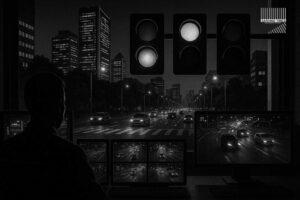




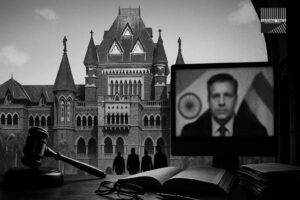




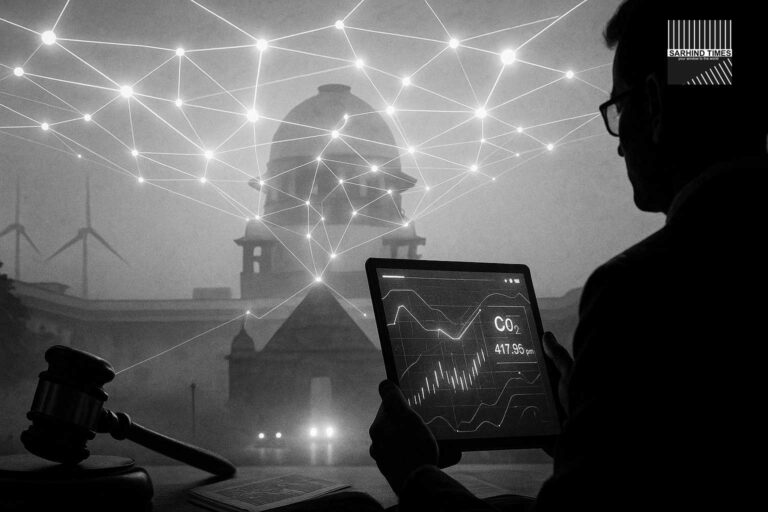
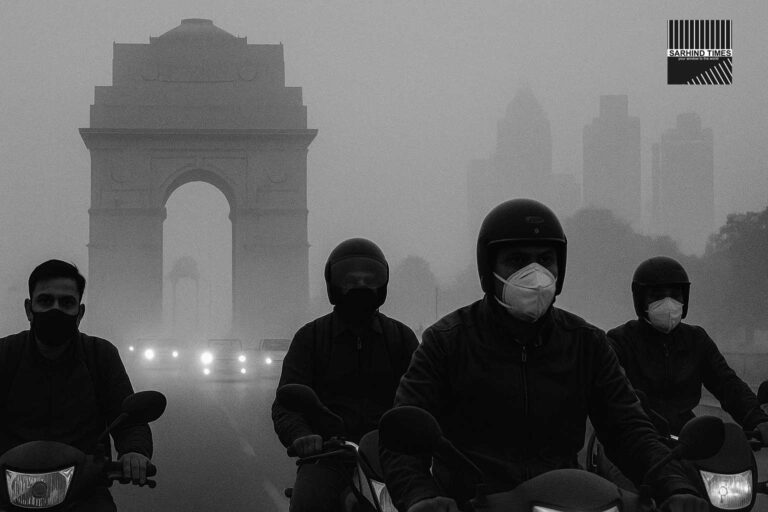
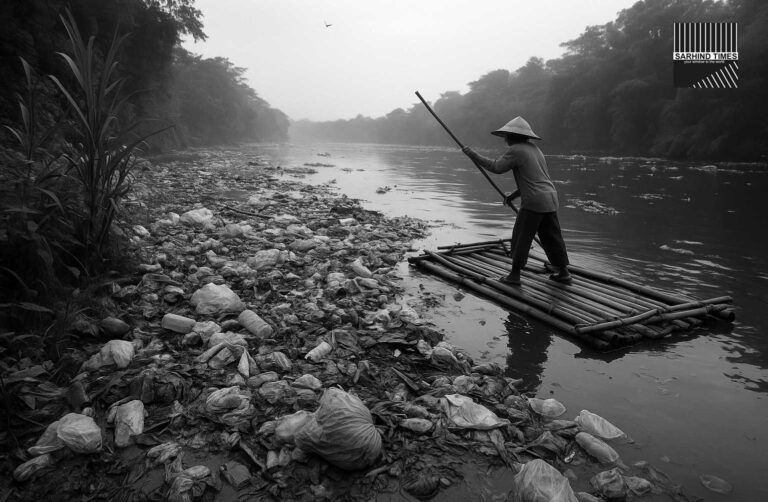
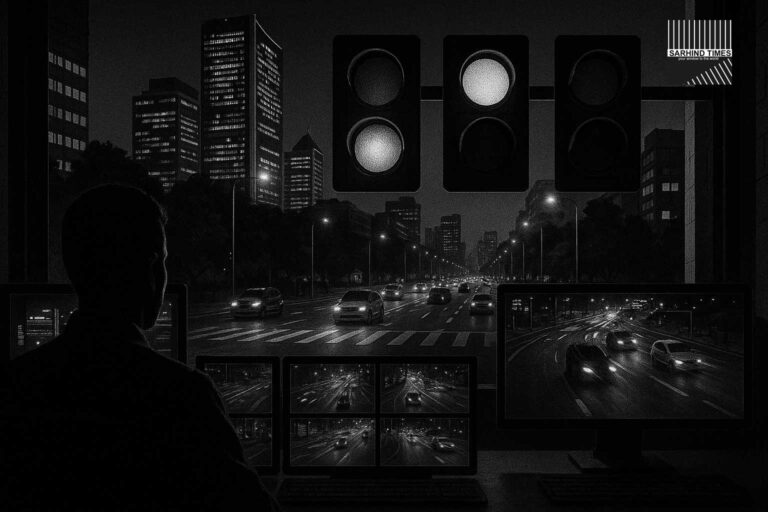
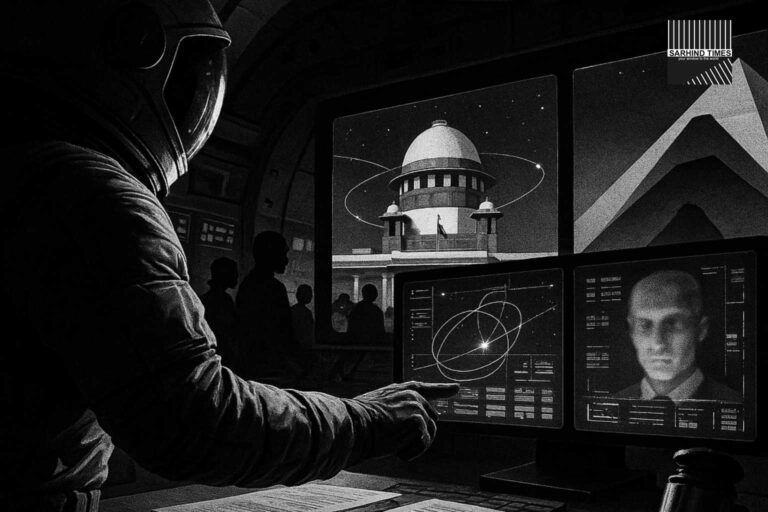
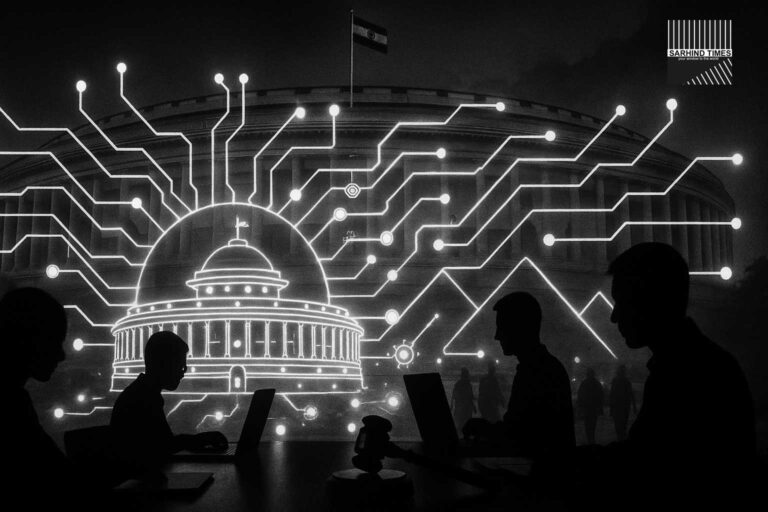
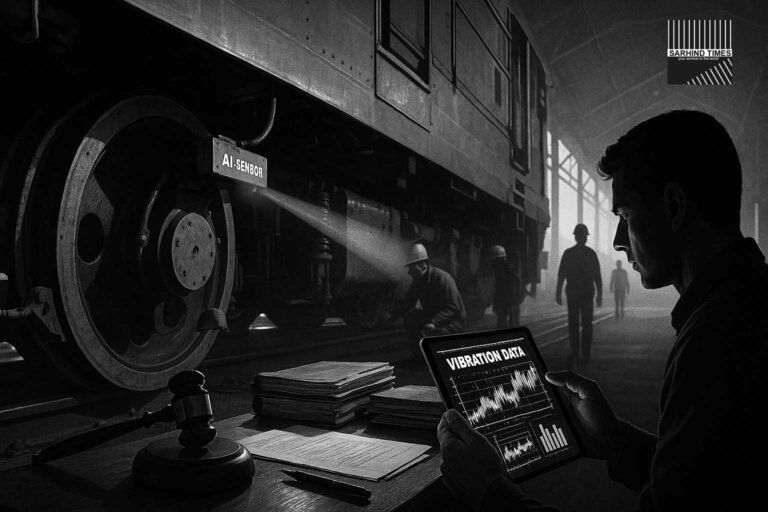
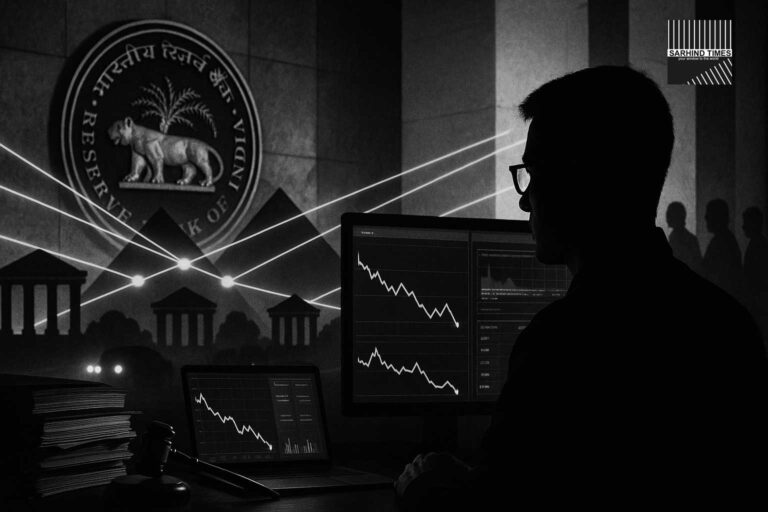
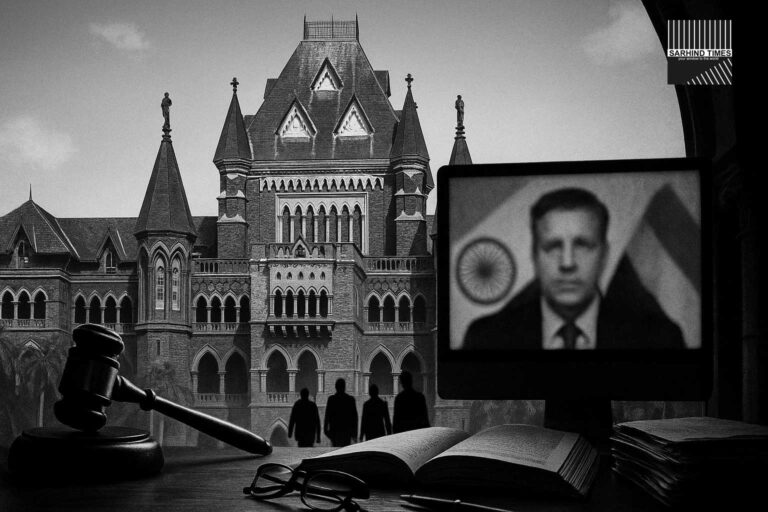
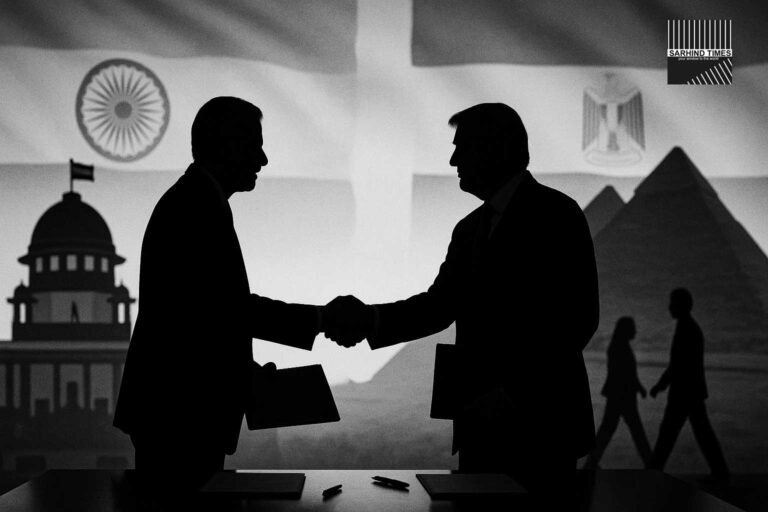
+ There are no comments
Add yours